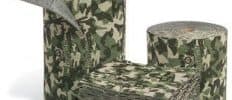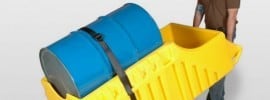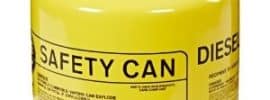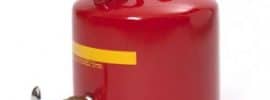
Storm water pollution is a growing concern on both local and national levels. Storm water runoff occurs when precipitation from rain or snow flows over non-absorbent surfaces. Such as driveways, sidewalks, and roads. These surfaces prevent the water … [Continue reading]






